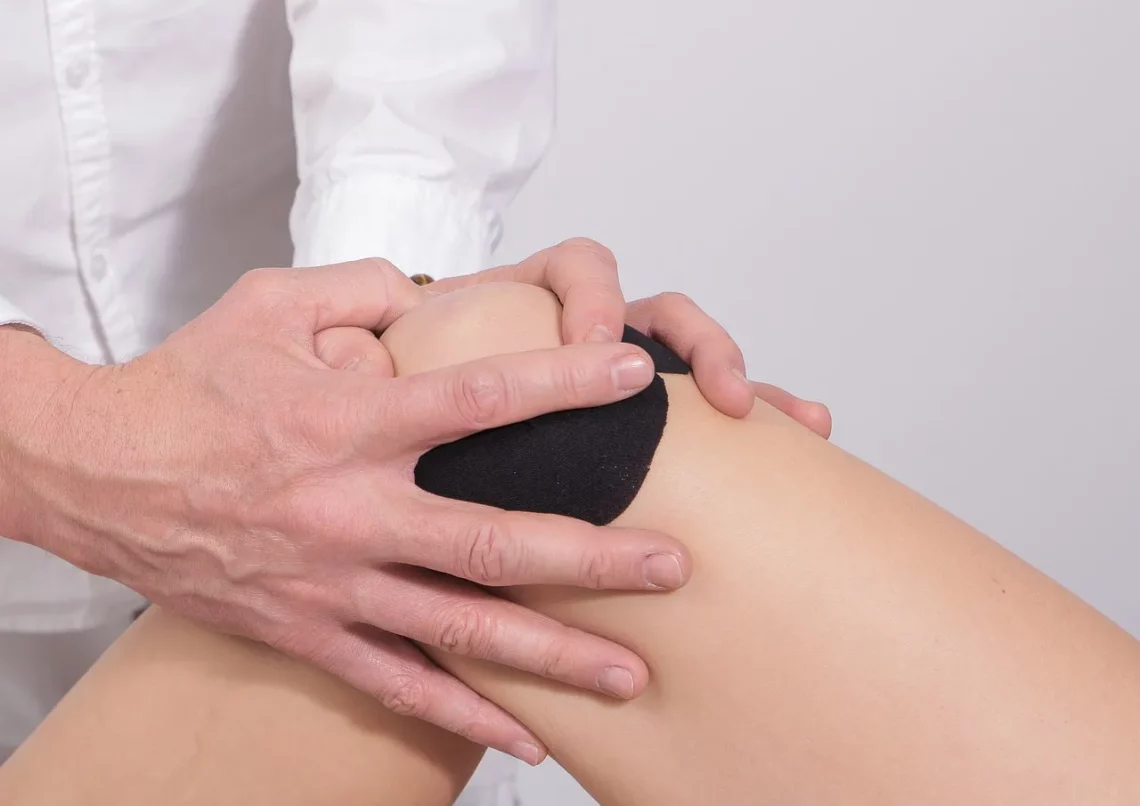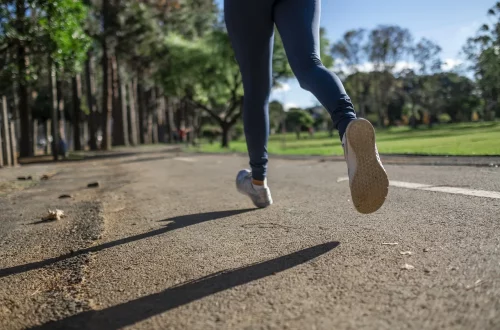
Brace for Hyperextended Knee: Essential Tips for Prevention and Recovery
The knee is one of the most complex joints in the human body, designed to withstand significant stress while enabling a wide range of movement. However, its intricate structure also makes it susceptible to injuries such as hyperextension. Hyperextension occurs when the knee is forced to extend beyond its normal limits, leading to potential damage to ligaments, tendons, and other soft tissues. This type of injury can be particularly prevalent in athletes and individuals engaged in physical activities that require sudden changes in direction, jumping, or high-impact movements.
Understanding the mechanics of the knee and the factors that contribute to hyperextension is crucial for both prevention and recovery. Whether you’re a seasoned athlete or someone who leads an active lifestyle, being aware of the risks and implementing preventive measures can significantly reduce the chances of experiencing this painful injury. Moreover, recognizing the signs of hyperextension and knowing how to respond effectively can facilitate a smoother recovery process.
In this article, we will explore essential tips for preventing hyperextended knee injuries, as well as effective strategies for recovery if such an injury occurs. By adopting a proactive approach, you can ensure that your knees remain healthy and functional, allowing you to continue engaging in the activities you love.
Understanding Hyperextension: The Mechanics and Risks
Hyperextension of the knee occurs when the joint extends beyond its normal range of motion, often resulting in strain or damage to the ligaments that stabilize the joint. The primary ligaments affected by hyperextension are the anterior cruciate ligament (ACL) and the posterior cruciate ligament (PCL). These ligaments play a vital role in maintaining knee stability during movement, and their injury can lead to long-term complications if not addressed properly.
Several factors can increase the risk of hyperextension. For instance, individuals with weak or imbalanced muscles around the knee may be more prone to this type of injury. Additionally, improper technique during physical activities such as running, jumping, or pivoting can lead to excessive stress on the knee joint. Athletes participating in sports that involve rapid changes in direction, such as soccer, basketball, or tennis, are particularly vulnerable to hyperextension injuries.
Moreover, certain anatomical factors, such as a naturally hypermobile knee or previous injuries, can predispose individuals to hyperextension. Those with a history of knee injuries may experience residual weakness or instability, increasing the risk of re-injury.
Recognizing the early signs of hyperextension is crucial. Symptoms may include sudden pain, swelling, and difficulty bearing weight on the affected leg. In some cases, a “popping” sound may be heard at the time of injury, indicating potential ligament damage. If you experience any of these symptoms, it is essential to seek medical attention promptly to prevent further complications.
Preventive Measures: Strengthening and Conditioning
Preventing hyperextended knees begins with a focus on strength and conditioning. By strengthening the muscles that support the knee joint, you can reduce the likelihood of injury. Incorporating targeted exercises into your fitness routine is a practical approach to enhancing knee stability.
Exercises that focus on the quadriceps, hamstrings, and calves are particularly beneficial. Strong quadriceps help to stabilize the knee during movement, while well-conditioned hamstrings provide balance and support. Calf exercises can also contribute to overall leg strength, improving your ability to absorb impact during activities.
In addition to strength training, flexibility exercises play a vital role in preventing hyperextension. Stretching the muscles around the knee can improve range of motion and reduce tension, making it less likely for the knee to hyperextend during sudden movements. Incorporating yoga or Pilates into your routine can enhance flexibility and promote better body awareness.
Proper warm-up and cool-down routines are essential components of injury prevention. Engaging in light aerobic activities followed by dynamic stretches before workouts can prepare the muscles and joints for physical activity. Similarly, cooling down with static stretches helps to maintain flexibility and prevent muscle tightness that could contribute to injuries.
Furthermore, practicing good biomechanics during physical activities is crucial. Being mindful of your body mechanics while running or jumping can help minimize the risk of hyperextension. For example, landing softly and keeping the knees aligned with the toes during jumps can significantly reduce stress on the knee joint.
Recovery Strategies: Treating a Hyperextended Knee
If you do experience a hyperextended knee, it is essential to follow an appropriate recovery protocol to promote healing and prevent long-term damage. The RICE method—Rest, Ice, Compression, and Elevation—is a widely recommended approach for managing acute knee injuries.
Resting the affected knee is crucial to allow the healing process to begin. Avoid putting weight on the injured leg and refrain from activities that may exacerbate the injury. Ice can be applied to the knee for 15-20 minutes at a time to reduce swelling and alleviate pain. It’s important to wrap ice in a cloth or towel to avoid direct contact with the skin.
Compression with an elastic bandage can help minimize swelling and provide support to the injured area. Additionally, elevating the leg by propping it up on pillows can assist in reducing swelling and promoting circulation.
In some cases, over-the-counter pain relievers may be beneficial in managing discomfort during the initial stages of recovery. However, it’s essential to consult a healthcare professional for personalized advice, particularly if you’re experiencing significant pain or swelling.
Once the acute phase has passed, physical therapy may be recommended to restore strength and range of motion. A physical therapist can design a tailored rehabilitation program to address your specific needs and help you regain function in your knee. This may include gradual strengthening exercises, balance training, and functional activities to prepare you for a safe return to your regular activities.
Returning to sports or strenuous activities should be approached cautiously. Ensure that you have regained full range of motion and strength before resuming high-impact exercises. Gradually reintroducing activities and listening to your body can help prevent re-injury.
Long-term Care: Maintaining Knee Health
Once you have recovered from a hyperextended knee, it’s crucial to prioritize ongoing knee health to prevent future injuries. Regular strength training and flexibility exercises should remain staples in your fitness routine. Maintaining a balanced workout regimen can help ensure that surrounding muscles remain strong and resilient.
Incorporating low-impact activities, such as swimming or cycling, can also be beneficial for overall joint health. These activities provide cardiovascular benefits without putting excessive stress on the knees. Additionally, maintaining a healthy weight can reduce the strain on your knees, decreasing the risk of injury over time.
Being mindful of your body mechanics and engaging in proper warm-up and cool-down routines should continue to be a priority. Adequate hydration and nutrition also play significant roles in supporting joint health. Consuming a well-balanced diet rich in vitamins and minerals can aid in tissue repair and overall wellness.
Finally, listen to your body. If you experience any signs of discomfort or instability in your knee, it’s essential to consult a healthcare professional. Early intervention can prevent minor issues from escalating into more severe injuries.
In conclusion, while hyperextended knees can be painful and disruptive, understanding the mechanics, implementing preventive measures, and following appropriate recovery strategies can significantly enhance knee health and function.
**Disclaimer:** This article is intended for informational purposes only and does not constitute medical advice. For any health-related concerns, including injuries, please consult a qualified healthcare professional.




